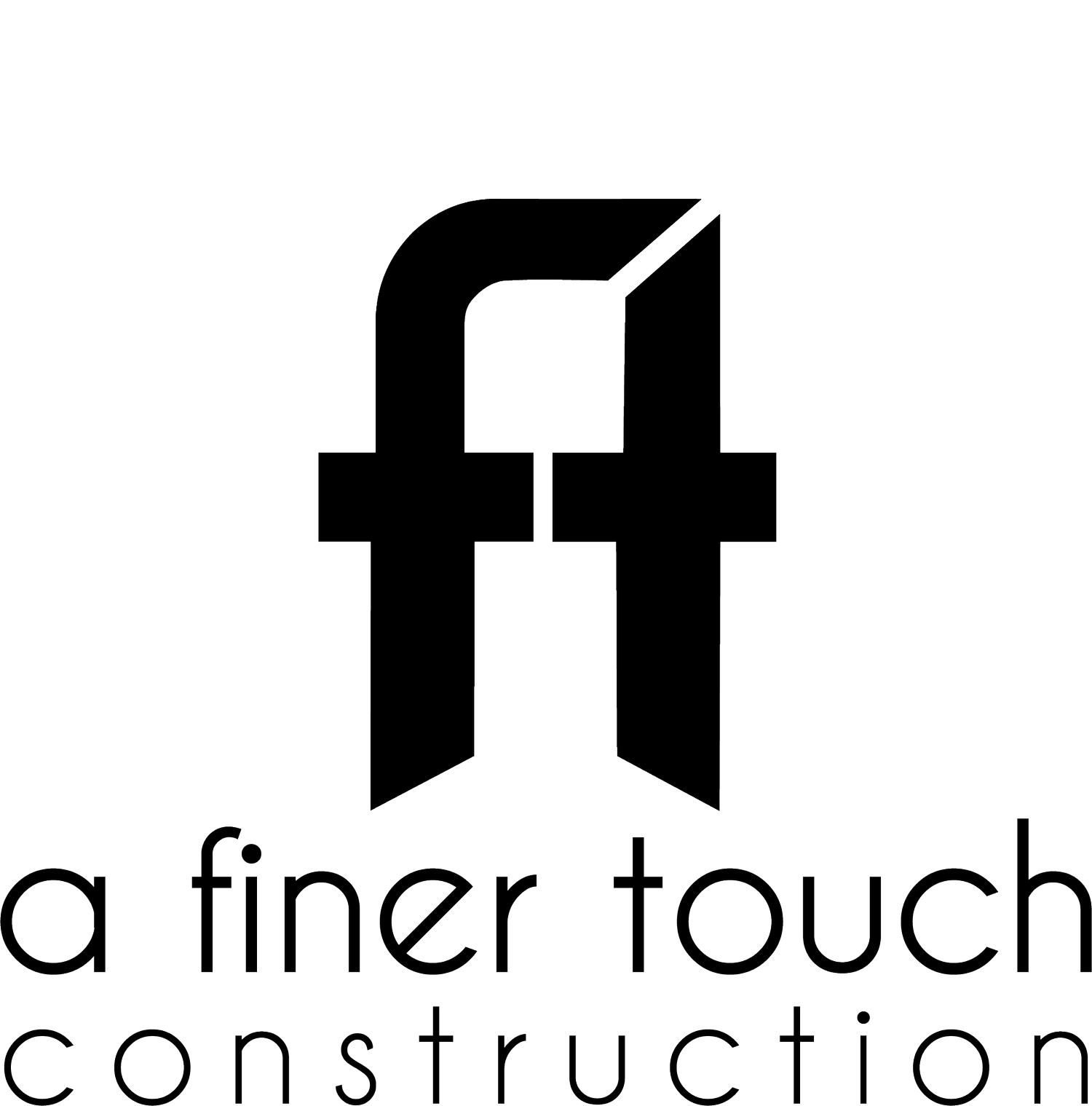Creating a Wood Floor Look Using Wood Floor Alternatives
Genuine wood floors provide a beautiful classic and timeless look that many homeowners want. However, wood flooring is expensive, can scratch easily, and require periodic maintenance to keep them looking good. This maintenance may even require sanding and re-finishing. Fortunately, there are now many alternative materials available that give the look of real wood floors that are more durable and less expensive.
Engineered Flooring
Engineered wood floors are actual wood floors, but instead of being one solid piece of wood, an engineered wood floor is made of multiple layers. The core is generally made of several cross layers of plywood that is pressed and glued together. A thin veneer layer of decorative wood species is then bonded on the top of the core. The result is the same look as a solid wood floor. The benefits of engineered flooring are that it is less expensive than solid wood floors, easier to install, and more resistant to moisture. The drawbacks of engineered flooring are that it is not as durable as some other wood floor alternatives and may require more maintenance. Depending on the condition of the floor, this maintenance may include the same messy sanding and refinishing process as solid wood floors. However, some top layers of engineered flooring are too thin to sand and refinish. While engineered flooring is more resistant to moisture than solid hardwood, it still should not be used in areas susceptible to moisture such as bathrooms, laundry rooms, and kitchens.
Bamboo
Bamboo flooring is becoming a popular option as a solid hardwood alternative. Bamboo floors offer a unique look and are harder than solid hardwoods, which adds durability. There are several benefits of bamboo wood floors including being much less expensive than solid wood floors; bamboo is an eco-friendly, sustainable material; extremely durable; relatively low maintenance; and installation is rather easy. Some disadvantages of bamboo flooring include: more difficult to choose a quality flooring; susceptible to moisture and scratching like traditional hardwood; can require refinishing; poorly produced bamboo flooring can give off toxic gases, and its more contemporary look may not mesh with all decor.
Laminate
Laminate flooring is made using a synthetic, multi-layer inner core of melamine resin or fiberboard that fused together using a lamination process. A high-resolution image of wood is layered over the inner core and topped off with a wear layer to protect the design. This gives you the look of a solid hardwood floor. Laminate flooring has several advantages including less expensive; much more durable; more resistant to moisture than solid hardwood; ease of installation; resists fading; and is available in a wide selection of colors and finishes. Some of the disadvantages include: low-quality laminate can look unnatural and plastic; cannot be refinished and will need to be replaced when worn out; and provide less return on investment than solid hardwood.
Porcelain
A newer option in the market for a hardwood alternative is wood-look porcelain tile. As the name suggests, this product is a porcelain tile that has been designed to look like wood. The biggest advantage of wood look porcelain tile is it provides all the durability benefits of a porcelain tile while giving the look of wood. This product is resistant to moisture, scratch resistant, and will not fade. This means wood look porcelain tile can be used in any room in your house including high-traffic areas, laundry rooms, kitchens, and bathrooms. Wood look porcelain is also low-maintenance and easy to clean. However, wood look porcelain also has some disadvantages. Because it is tile, it will be a harder surface, which will be colder, harder to walk on, and generally noisier than solid hardwood. Installation is generally more complicated than some other alternatives mentioned above, using the wrong color grout can ruin the look, and can be costlier depending on what you buy.
Vinyl Planks
Advancements in production technology have made vinyl flooring a viable low-cost alternative to solid hardwood floors. Vinyl planks are a multi-layer synthetic product that generally consists of a felt or fiberglass core layer, an image layer, clear vinyl layer, and protective top layer. While most people are familiar with vinyl sheet flooring, vinyl flooring is also produced in planks giving it a more realistic wood appearance. Vinyl flooring comes in a number of finish options that mimic various colors and species of wood. Vinyl plank flooring has a number of advantages including low-cost; easy installation; essentially waterproof; durable; easy to clean; low-maintenance; soft to walk on; and it is a good option if you are installing underfloor heating. It can be used in any room of your home including high-traffic areas, laundry rooms, kitchens, and bathrooms. Disadvantages of vinyl plank flooring include: can be susceptible to scuffing and punctures from sharp objects; lacks the feel of hardwood or laminate; susceptible to fading; will generally not add much value to your home, and because it is made of plastic it is less eco-friendly than some of the other options available. Whatever your flooring goals are, there are more styles and options available than ever before. We have the experience to assist you in choosing the right flooring to meet both your budget and design.




